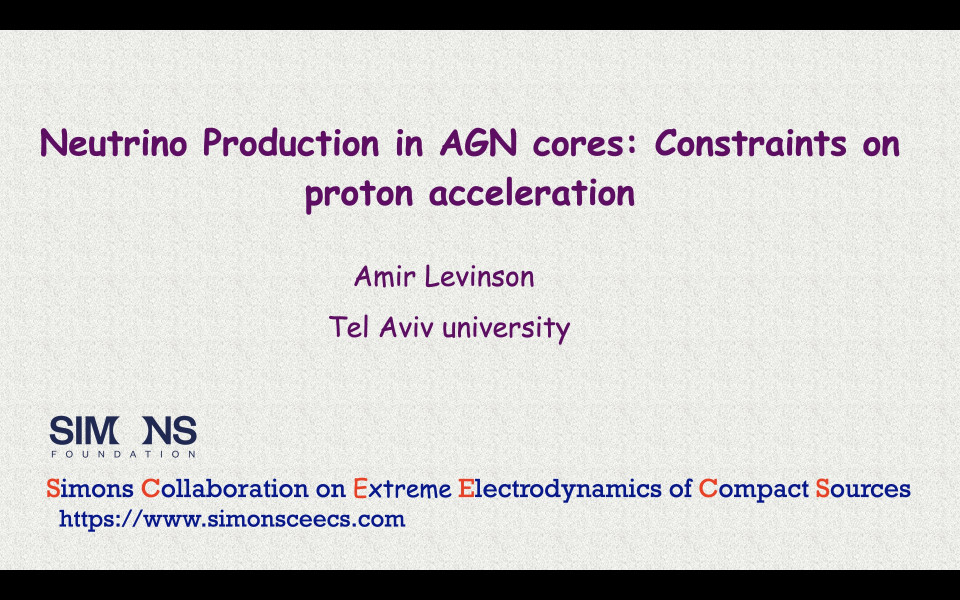ABBL-iTHEMS Joint Astro Seminar by Amir Levinson on October 6, 2023
Amir initiated his seminar by presenting a detailed review of multi-messenger astronomy, with a particular focus on neutrinos and their relationship with Active Galactic Nuclei (AGNs). AGNs are extraordinary astrophysical systems in which accreting black holes, situated at the centers of galaxies, generate emissions so luminous that they outshine their host galaxies. In the latter part of his presentation, Amir delved into the mechanisms responsible for neutrino production within the core of AGNs, including insights from his own research. His work has been motivated by the IceCube collaboration's recent claim of detecting high-energy neutrinos originating from the direction of NGC 1068. He highlighted the considerable challenges in theoretically reproducing the neutrino spectrum suggested in the IceCube’s observational data. A significant challenge arises when considering the energy distribution of protons accelerated in the highly magnetized core regions of Active Galactic Nuclei (AGNs). Recent particle-in-cell (PIC) simulations have found energy distributions that are too 'hard' to successfully replicate the anticipated neutrino spectrum. He discussed one way to circumvent this problem is to consider a population of pre-accelerated protons being injected into turbulent regions before they undergo acceleration processes governed by turbulence. He suggested that one way to circumvent this problem is to consider a population of pre-accelerated protons that are injected into turbulent regions before undergoing acceleration processes governed by turbulence. This idea was supported by his PIC simulations, and he further discussed how this mechanism may be realized within the core regions of AGNs.
Reported by Hirotaka Ito

